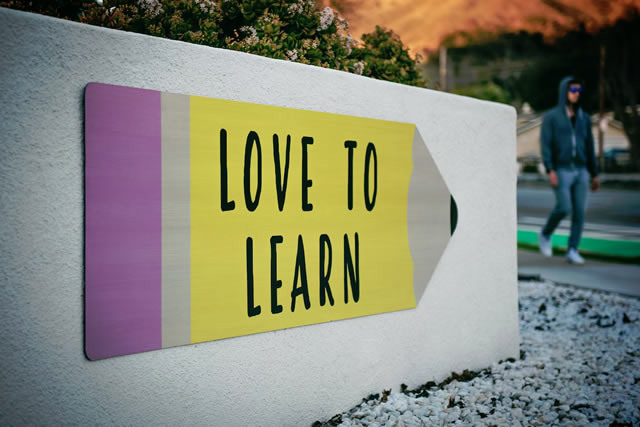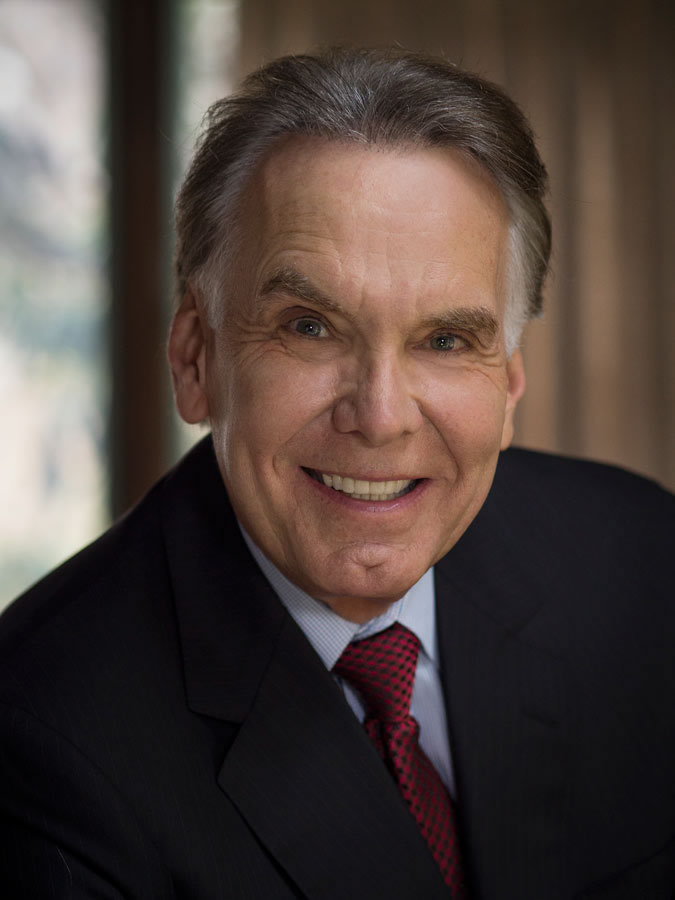The 5 Principles of Continuous Learning
Study, learn, but guard the original naivete´. It has to be within
you, as desire for drink is within the drunkard or love is within the lover.— HENRI MATISSE, French painter
I have always thought that my formal education was a bust. I disliked most of my classes, not because of the subject matter, but because of how they were taught. I hated learning. I hated hearing, “Memorize such-and-such. We’ll have a quiz tomorrow.”
I confess, I cheated. I cheated because the answers to the questions had already been supplied, and I was very clever at figuring out ways to have those answers available to me. I was inspired to learn new, creative ways of cribbing. If I could find the answers and simply regurgitate them, why should I do more?

Continuous Learning takes place when we solve problems, but it begins when we ask questions
True learning is more than response to stimulus, more than a rote answer to a question. Learning is a multilayered and interconnected process that flows among three areas that are separate
but connected to one another, forming what I call a Trinity for Learning:
Continuous Learning Through Problem Solving
Problem solving is the most obvious form of learning and vitally important. Solving problems is what I remember most about my formal education. You are probably fairly proficient at this skill, but problem solving is not the part of the learning process that will impact your life. It is within the Willingness to Learn circle that you find the potential for personal growth.
Willingness to learn presupposes both a desire and a commitment to step into the unknown. It requires the understanding that learning is a never-ending, ongoing process. It requires a commitment to experience life to the fullest, day by day, moment by moment.
The true self is always in motion like music, a river of life,
changing, moving, failing, suffering, learning, shining.— BRENDA UELAND, If You Want to Write
The Learning How to Learn loop is pivotal. Real learning is about life, not classroom behavior. What takes place in the classroom must create a foundation for a lifetime of learning, yet even the best classroom training doesn’t include the basic principles of creating personal vision, thinking creatively, or managing change.
Charles Handy, London School of Business professor and business consultant, wrote a wonderful book called “The Age of Unreason.” In it he talks about reinventing education and the need for continuous learning in a time of unreasonable change: “Those who are always learning are those who can ride the winds of change and who see a changing world as full of opportunities rather than dangers.”
Based on Handy’s writing, I present to you an expanded definition of learning:
1. Learning is solving your own problems for your own reasons.
2. Learning is knowing more than just prescribed answers; it is developing curiosity.
3. Learning is more than studying or being trained. Learning is a way of thinking.
4. Learning is a starting point and does not have an end point. Learning is ongoing, a habit, a process.
5. Learning is a methodology that requires thought, courage, energy, commitment, and support.
Certainly, we learn by solving problems, but real continuous learning begins with questions: What do I want to create? Who am I? What is my purpose? How does this work? How do I create a recipe? How do I get what I want?
There is no shortcut to life. To the end of our day, life is a lesson imperfectly learned.
— HARRISON E. SALISBURY, New York Times reporter

James Mapes is the founder of Quantum Leap Thinking™, creator of The Transformational Coach™, expert on the psychology of “applied imagination,” best-selling author, highly acclaimed business speaker, consultant, seminar leader and personal excellence coach.
